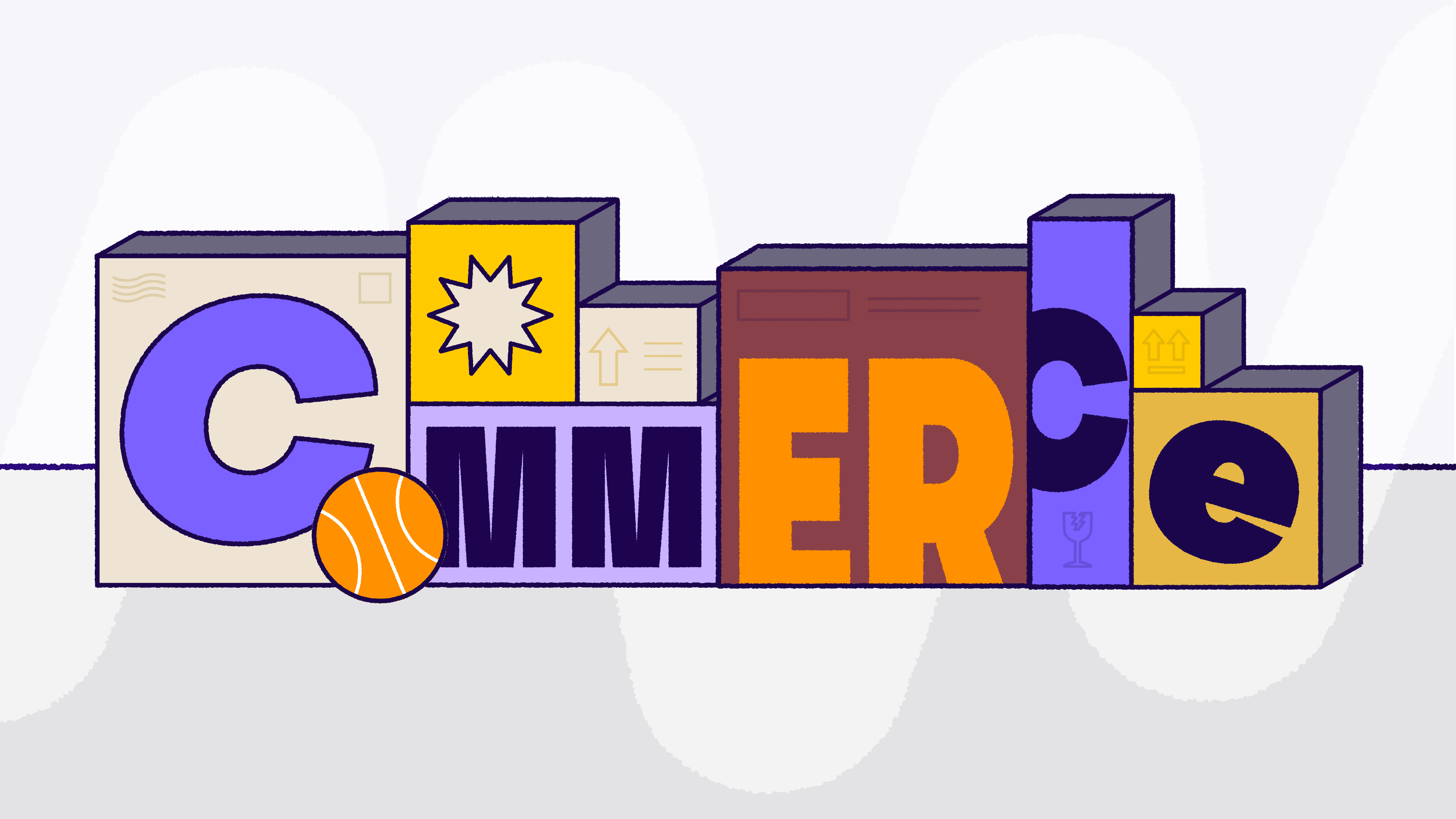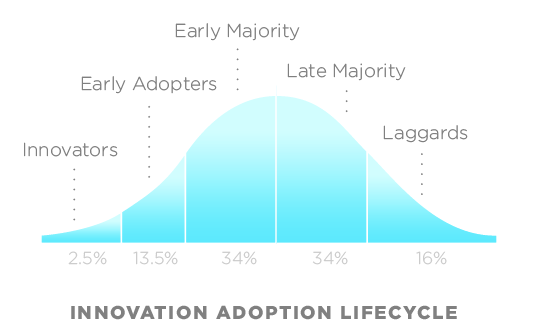Commerce 101: On-site Shopping for Publishers
A primer for ecommerce best practices that publishers can use to maximize the impact and effectiveness of on-site checkout.

With Carted, publishers can add on-site checkout to their affiliate-enhanced content. Rather than send their visitors away to a brand website to make their purchase, Carted brings the shopping experience to the point of discovery which results in a smoother experience for the shopper and a range of benefits for the publisher.
Many publishing teams are familiar with affiliate commerce, but are less experienced facilitating the transactional aspects of the shopper journey from product details, to cart, through to a completed order.
Our low-code Carted Elements do the heavy lifting including shoppable product cards, cart, and checkout — all of which have been built to optimize for conversion and tested with real users.
This article is intended to serve as a primer for ecommerce best practices that publishers can use to maximize the impact and effectiveness of on-site checkout.
Build trust by removing doubt
The importance of building trust with shoppers is one of the most often-touted pieces of advice shared by ecommerce experts. However, this framing is unhelpful in developing and implementing practical strategies to achieve that goal.
A more useful mental model is to think about building trust by eliminating sources of doubt.
By anticipating and addressing a shopper’s concerns relating to their purchase the shopper can have confidence in making their purchase. Some common examples of this include providing real-world product evaluations such as a garment’s fit, size comparisons with common household items, or the available returns period.
While the impact of each of the above examples on removing doubt is small, it’s the combined effect of addressing many small concerns that contributes to a trusted shopping experience.
Make shopping feel at home on your site
For publishers that currently produce affiliate-enhanced content such as buying guides, it is likely that your audience has developed a sense of trust and comfort with reading about and finding product recommendations on your site.
Introducing on-site checkout is, perhaps obviously, a very new experience for your visitors. As with any new feature, your visitors will adopt on-site shopping roughly in line with the standard technology adoption lifecycle (shown below).

To facilitate adoption with more than your most adventurous users, it’s important to make the shopping experience feel like a familiar part of the website they already know and trust.
The first step is to customize the on-site shopping elements to match your site’s branding including fonts, colors, and button styles. With those customizations applied, your visitors will immediately recognize the new features as part of your website, and in doing so, address any potential concerns about shopping through an unknown website.
Taking that a step further, it’s a great idea to introduce the ability to shop from directly within an article to your visitors. This may be in the form of a dedicated announcement article, a pop-up message on shoppable articles, or even re-iterated within the article content itself alongside the product recommendations.
Both the customizations and the on-site messaging are designed to convey ownership of the shopping experience by you — the publisher — with whom the visitors have a trusting relationship.
Provide the right information
Adding the ability to purchase directly from within your commerce articles changes the regular shopping journey for your visitors. Whereas previously they would read product recommendations on your site and navigate away to begin the purchase journey, that journey would now begin on your website.
As an editor, ask yourself: what new or different information might a reader need to know if they’re buying right now, compared to buying on a brand’s website?
Depending on the editorial style of your content, it’s possible that much of that information is already being provided. Many buying guides often go into great detail about the merits of a particular product, including highlighting important features or drawbacks that a shopper would find useful in making their purchase decision.
Beyond product information, editors should consider including merchant-related information that may help to persuade a shopper to make their purchase. Excellent customer service, remarkably speedy shipping, or even sustainability or social responsibility activities are just some examples that can help to build a shopper’s confidence.
Don’t force the issue
The technology adoption lifecycle means that not all of your visitors will be comfortable buying on-site right away, or at the same time. This is a normal part of introducing any new feature and this is no different.
Publishers should implement some or all of the strategies discussed in this article to encourage their readers to make on-site purchases, however, it’s critical that those users have the choice to shop how they feel most comfortable.
Practically, that is as simple as including traditional link-out affiliate links alongside shoppable products that those visitors can use to complete their shopping journey. With patience and iterative removal of doubt, those laggard adopters will eventually feel comfortable to make their purchases on-site.
Schedule a demo
If you’re ready to get started building an incredible on-site shopping experience, our team is ready to chat.
Express your interest today and we’ll be in touch to provide your team with a demo.

